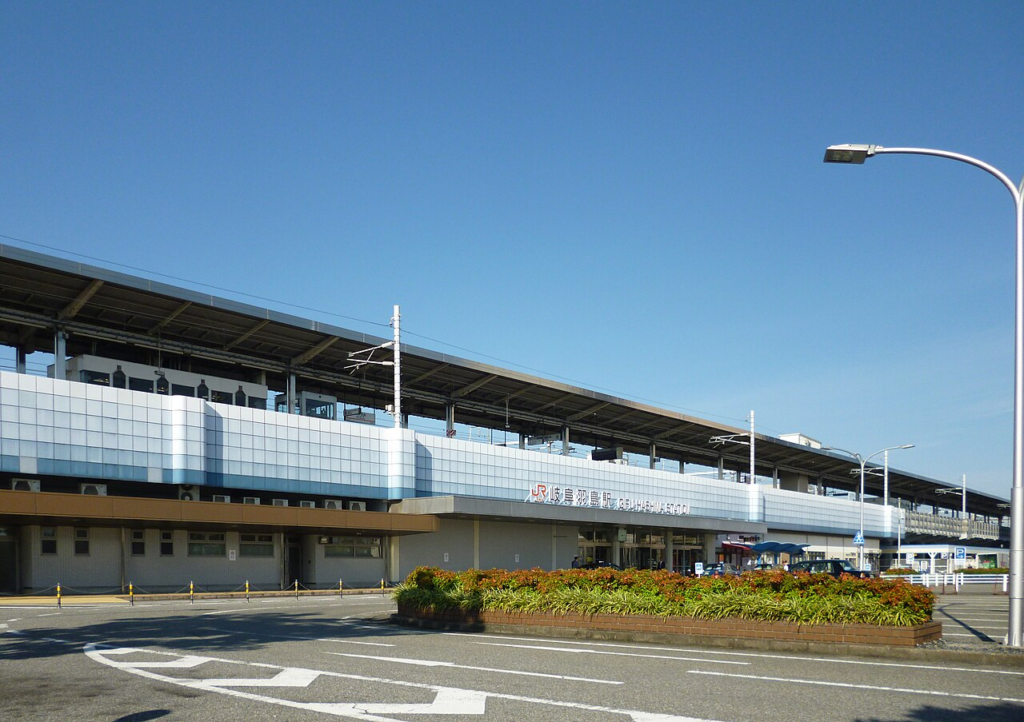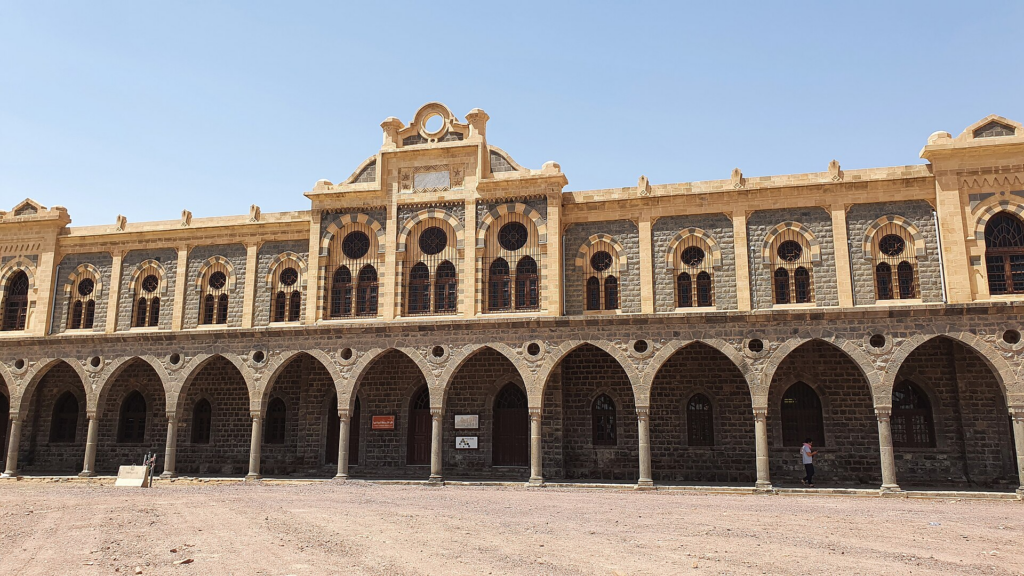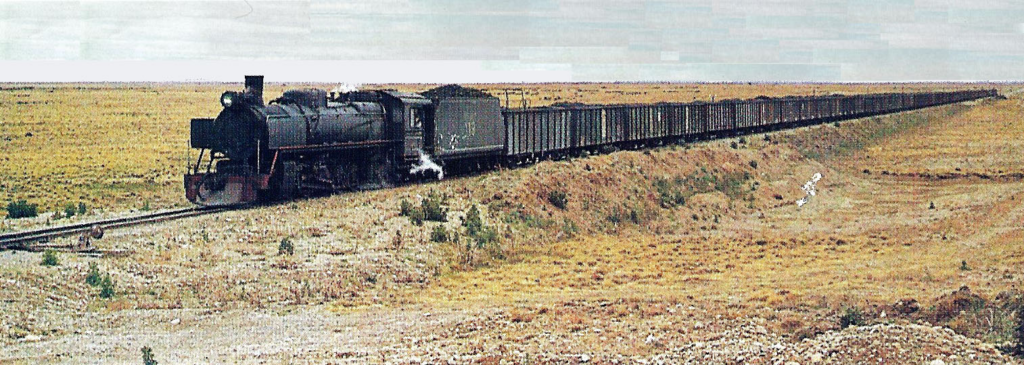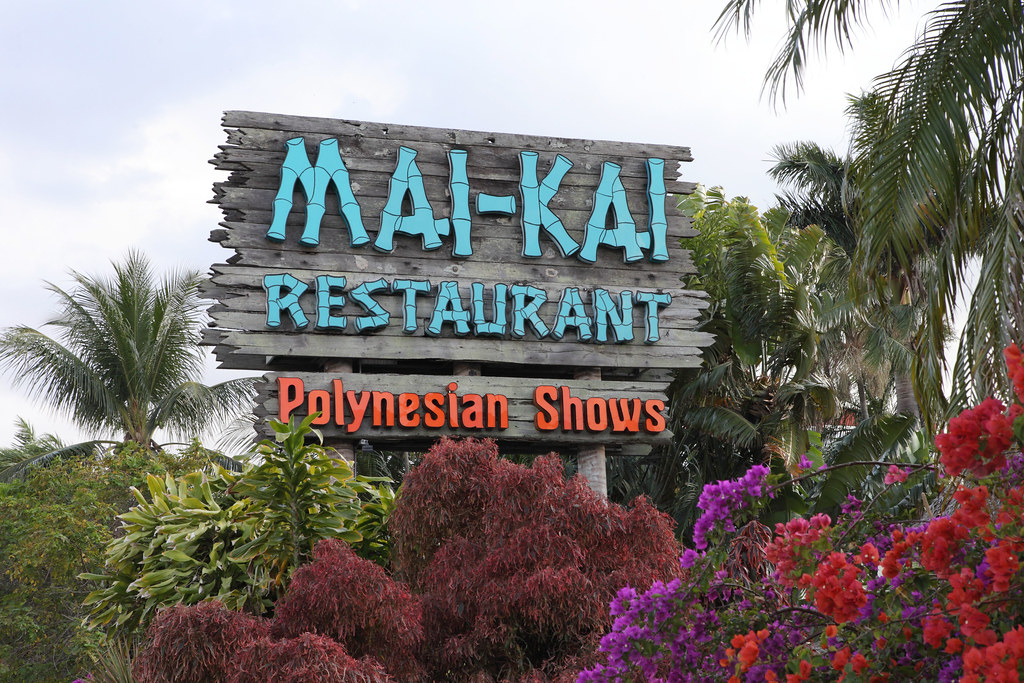Steel threads once stitched together entire continents, carrying dreams and cargo across impossible landscapes. These forgotten railways whisper stories of ambition that outpaced economics, of communities that bloomed and withered like desert flowers after rain. You’ll find their ghost stations tucked into mountain passes, their rusted tracks disappearing into forests that have reclaimed what was never really ours. Each abandoned line holds secrets—some tragic, some triumphant, all achingly beautiful in their surrender to time and weather.
14. Kurobe Gorge Railway Freight Line

Secrets lie hidden in Japan’s Kurobe Gorge, where forgotten freight tracks wind through terrain so vertical that conventional transportation would require defying gravity. Engineers built these 1920s marvels to haul dam construction materials through landscapes seemingly designed to repel human ambition. China’s high-speed trains now demonstrate how modern engineering conquers similar geographical challenges across Asia. Back in the Kurobe Gorge, the Kurobe Dam’s 1963 completion rendered the most remote sections instantly obsolete.
Reclamation proceeds slowly as vegetation embraces abandoned tracks and tunnels in patient, decades-long processes. These inaccessible remains represent industrial archaeology in its purest form, where human determination and nature’s persistence engage in century-long dances.
13. Burma Railway

Horror defines the “Death Railway,” where Japanese forces built 415 kilometers of track using Allied prisoners and Asian laborers under conditions that turned construction into systematic murder. This wasn’t progress—it was brutality disguised as engineering achievement. War’s end brought deliberate dismantling of many sections, as if physically erasing trauma embedded in steel and wood.
Memorial sites now preserve the remaining portions, particularly around the Bridge on the River Kwai, serving as solemn reminders of the infrastructure’s darkest potential. These locations honor the thousands who died, ensuring their sacrifice becomes a permanent lesson about the human cost of unchecked ambition and wartime brutality.
12. Darjeeling Himalayan Railway Branch Lines

UNESCO World Heritage status protects the main Darjeeling line, where tiny steam locomotives continue chugging up impossible gradients like mechanical mountain goats. Built between 1879 and 1881, this network climbs over 2,200 meters through landscapes that belong in fantasy novels rather than transportation guides.
Evolution claimed several branches as victims of changing economics and road transportation over railway dependence. Former railway buildings now serve as homes and shops, their original purpose only hinted at through architectural details—like supporting characters written out of beloved novels, yet still visible in background scenes.
11. Waverley Route

Romance saturated the Waverley Route as it linked Edinburgh to Carlisle through Scottish Borders landscapes so picturesque they seemed designed by someone who took Sir Walter Scott very seriously. This community lifeline operated from the 1840s until 1969, when national railway contractions hit like budget cuts at a poetry festival.
Adaptation followed abandonment as many stations transformed into private homes, with Victorian waiting rooms becoming cozy living spaces featuring the world’s most interesting origin stories. The northern section experienced an unlikely resurrection in 2015 as the Borders Railway, proving that infrastructure sometimes gets second acts.
10. Hashima Island Rail Network

Density reached extreme levels on Hashima Island, where compact rail systems once supported one of Earth’s most crowded places. Tracks wound through concrete buildings on this industrial island that resembled a battleship anchored offshore, earning the nickname that outlasted its population. Coal mining operations created a self-contained community that thrived in isolation.
Abandonment happened practically overnight when Mitsubishi closed the mine in 1974, causing the entire population to vanish within weeks like a magic trick performed by economics. UNESCO World Heritage status arrived in 2015, transforming the island’s forgotten railway into a symbol of industrial impermanence.
9. Canfranc International Railway Station

Grandeur defines this railway cathedral perched high in the Spanish Pyrenees, looking like someone asked, “What if Grand Central had delusions of architectural supremacy?” Opening in 1928 with 240 meters of pure swagger, this station once smuggled everything from people to gold during World War II. The building served as Europe’s most expensive, most public speakeasy for international intrigue, connecting nations through mountain tunnels that inspired engineers who would later tackle the world’s most ambitious underwater tunnels.
Disaster struck in 1970 when a freight derailment ended operations faster than a Netflix cancellation notice. For decades, this magnificent structure sat empty like the world’s most expensive haunted house until recent restoration efforts began transforming it into a luxury hotel, proving that sometimes the best comeback stories take fifty years to unfold.
8. Eritrean Railway Segments

Geography challenged every aspect of Eritrea’s colonial railway, built through terrain that would make modern engineers reconsider their career choices entirely. Construction began in 1887, connecting Massawa port to Asmara while climbing from sea level to 2,300 meters through landscapes seemingly designed by someone who despised transportation infrastructure.
Conflict damaged much of the 280-kilometer network, leaving sections broken like scattered sentence fragments across the mountainous terrain. Restoration efforts near Asmara operate vintage steam locomotives that feel transported from another century, creating stark contrasts with remote segments that remain permanently abandoned.
7. Mount Lyell Mining Railway

Tasmania’s Mount Lyell line distinguished itself by having one of history’s shortest operational lives, built in 1899 to connect copper mines to Pillinger port. Corporate mergers in the early 1900s made this 35-kilometer railway as useful as a chocolate teapot within mere years of completion.
Reclamation happened swiftly as nature embraced bridges and tracks with the enthusiasm of a landlord reclaiming property after troublesome tenants flee. Pillinger’s ghostly remains now dissolve into the Tasmanian wilderness, demonstrating how quickly ambitious industrial ventures can fade from relevance to ruin.
6. Old Patagonian Express

Determination drove La Trochita across Patagonia’s wind-sculpted vastness like a tin can with wheels and unwavering optimism. German and American locomotives battled elements so harsh that they probably filed formal complaints with their manufacturers about working conditions. The narrow-gauge line connected isolated communities through landscapes that make Mars look hospitable by comparison.
Service ended in 1992, leaving most of this 420-kilometer railway frozen in time like a museum diorama titled “When Optimism Met Geography.” Tourist sections still operate with the persistence of that friend who insists vinyl sounds better, demonstrating human stubbornness in places where nature never intended railways.
5. Hejaz Railway

Ambition drove this Ottoman project to create an iron road to Mecca, transforming pilgrimage practices while cementing political control across 1,300 kilometers from Damascus to Medina. Construction began in 1900, achieving remarkable progress under pre-mechanized conditions that would challenge modern contractors equipped with advanced machinery.
Sabotage during World War I turned the line into a strategic target in operations that have since achieved legendary status in military history. Stone stations and rusted locomotives now scatter across desert landscapes like artifacts from civilizations that vanished into sand, with each abandoned station representing a chapter in complex historical narratives that continue shaping regional politics.
4. Rio Turbio Railway

Isolation defines this Argentine railway built in the 1950s with a singular focus: hauling coal through terrain so remote it makes Antarctica look accessible. The 250-kilometer narrow-gauge line battled Patagonian weather that could shift from sunshine to blizzard faster than a TikTok trend cycle. Economic pressures halted regular service by the late 1990s.
Documentation remains sparse for one of the world’s southernmost abandoned railways, existing like historical footnotes written in steel at the edge of habitable civilization. These remote sections prove too isolated to explore and too fascinating to forget completely.
3. New York, Ontario, and Western Railway

Bankruptcy earned this network its affectionate nickname “Old and Weary” through decades of financial struggles that would make modern venture capitalists hide their investment portfolios. The 500-mile system connected Oswego to Weehawken until 1957, becoming America’s first major railway to vanish entirely. Nature moves in with the determination of a helicopter parent, wrapping green tendrils around ballast stones and transforming wooden ties into tree nurseries.
Walking these corridors feels like browsing history’s garage sale, where boarded stations stand like abandoned movie sets waiting for directors who never show up. Historical societies preserve memories through photographs and artifacts as physical remnants continue their slow surrender to surrounding landscapes.
2. Settle-Carlisle Railway Branches

Weather became the ultimate adversary for these high-altitude networks that battled British conditions with the persistence of a soggy picnic. Sister routes faced harsh fates when the main Settle-Carlisle line managed to survive against Victorian-era odds. Snow drifts sometimes bury entire trains like nature’s version of an elaborate hide-and-seek game.
Elimination came swiftly during the infamous Beeching Cuts of the 1960s, delivering final blows faster than a reality TV contestant’s dismissal. The dismantling of magnificent structures like the Belah Viaduct in 1963 left phantom limbs in Britain’s railway network, where you can still sense what was once there.
1. Michigan Central Station

Architecture became Detroit’s calling card when this grand terminal opened in 1913 with enough Beaux-Arts swagger to make the Gilded Age blush. The station managed 200 trains daily during America’s manufacturing heyday, when the city hummed like a well-oiled assembly line. Operations ceased in 1988, transforming the building into Detroit’s most photographed ruin.
Photography made this station famous again, appearing in more apocalypse movies than a zombie actor’s resume. Ford’s 2018 purchase transformed this abandoned beauty into something more powerful than real estate: a visual metaphor for cities that refuse to be defined by their worst chapters.

















